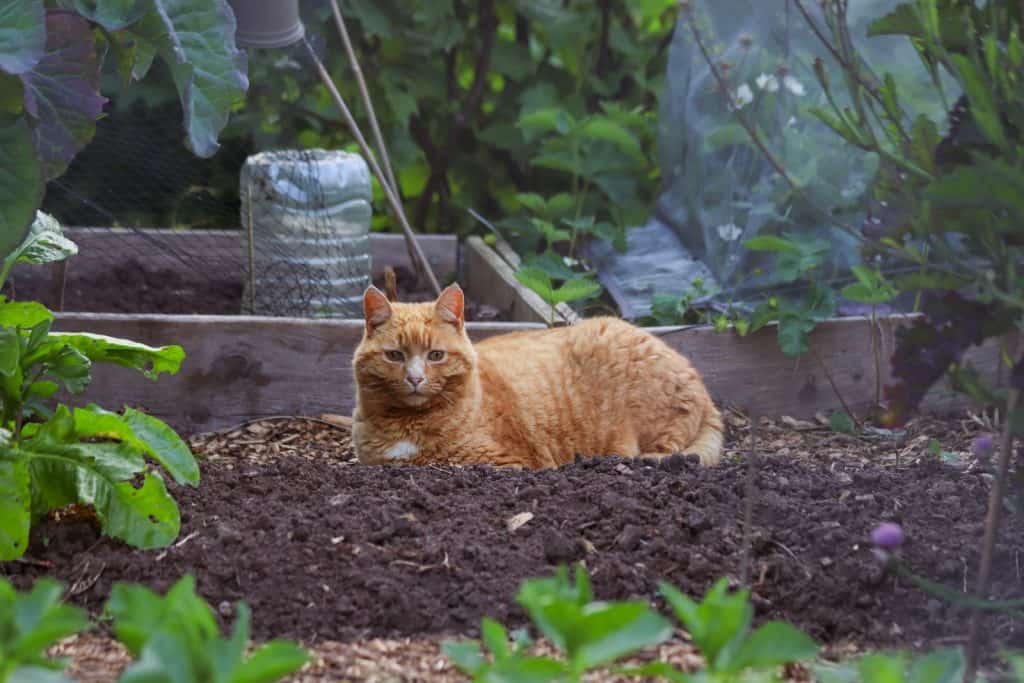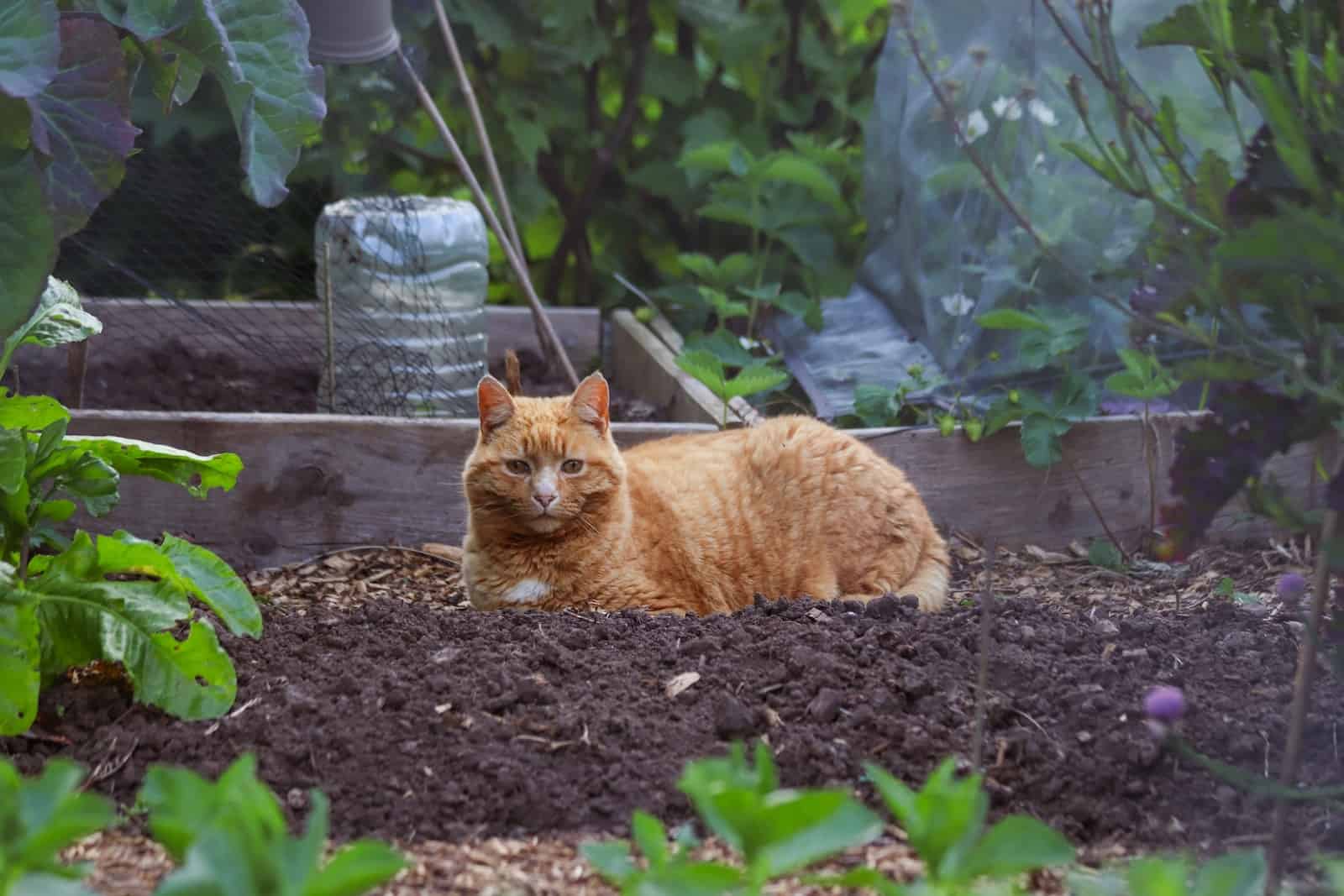
Welcome to our comprehensive guide on buffering coco coir for optimal plant health. If you’re growing plants in coco coir, you’ll want to make sure it’s buffered correctly to ensure the right pH levels and nutrient availability essential for healthy plant growth. This guide will provide a step-by-step process on how to buffer coco coir correctly so your plants can thrive.
Understanding Coco Coir and its Benefits for Plants
Coco coir is a popular growing medium that has gained popularity in recent years due to its numerous benefits for plant growth.
Derived from the fibrous husk of coconuts, coco coir is a sustainable and eco-friendly alternative to traditional soil. It is a lightweight, highly absorbent medium that allows for excellent aeration and drainage, promoting healthy root development and preventing overwatering.
Additionally, coco coir is naturally free of pests and diseases, reducing the need for chemical pesticides and fertilizers. It can also be reused multiple times, making it a cost-effective option for avid gardeners and commercial growers alike.
Benefits of Coco Coir for Plant Growth
| Advantages | Benefits |
|---|---|
| High water retention | Prevents overwatering and promotes healthy root growth |
| Excellent drainage | Prevents waterlogged soil and root rot |
| Naturally pest and disease-free | Reduces the need for chemical pesticides and fertilizers |
| Sustainable and eco-friendly | Derived from renewable resources and reusable multiple times |
While coco coir offers many benefits for plant growth, it is important to note that it is also highly acidic and has low nutrient availability. This makes proper buffering essential to achieve optimal plant health and growth.
Why Buffering Coco Coir is Essential
Buffering coco coir is an essential step in ensuring optimal plant health when using this natural, eco-friendly growing medium.
Unbuffered coco coir can have inconsistent pH levels that are either too high or too low for plants, which can lead to poor nutrient absorption and stunted growth. Buffering coco coir helps to stabilize the pH levels within an optimal range for plants, making essential nutrients more available for uptake.
Buffering coco coir also helps to remove any excess salts that may be present in the medium, preventing them from accumulating and potentially causing toxicity in plants.
By following the step-by-step guide below, you can ensure that your coco coir is properly buffered for optimal plant health.
Gathering the Necessary Materials
Before you begin buffering your coco coir, you’ll need to gather a few essential materials. Here’s what you’ll need:
| Material | Quantity |
|---|---|
| Coco coir | Enough for your growing containers |
| pH adjusters | Depends on the product and your coco coir’s initial pH |
| Measuring tools | pH meter, test strips, or drops |
| Water | Enough to thoroughly hydrate your coco coir |
Optional materials include a bucket for mixing, gloves for handling pH adjusters, and a water filtration system if your tap water is high in minerals or salts.
Make sure you have all the necessary materials before starting to ensure a smooth and efficient buffering process.
Preparing the Coco Coir for Buffering
Before starting the buffering process, it is essential to prepare the coco coir properly. This will ensure that the coco coir is clean, moist, and ready to receive the buffering solution. Follow the steps below to prepare the coco coir for buffering:
- Hydrate the Coco Coir: Coco coir typically comes in a compressed brick or block form. To hydrate the coco coir, soak it in water until it expands and becomes loose. The water used should have a pH of around 6.0 to help balance the pH levels of the coco coir.
- Remove Impurities: After the coco coir has expanded, rinse it thoroughly with dechlorinated water, and remove any impurities such as twigs, stones, or husks. This step will help prevent clogging in the growing medium and ensure proper drainage.
- Ensure Proper Drainage: Coco coir tends to retain water, so it is crucial to ensure proper drainage before buffering. This can be achieved by using a suitable potting container with drainage holes or filling the bottom of the container with gravel to prevent waterlogging.
- Choose High-Quality Coco Coir: To achieve optimal results, it is essential to choose high-quality coco coir that is free of contaminants. Look for coco coir that has been washed, buffered, and screened to remove any impurities. High-quality coco coir will provide better water retention, aeration, and nutrient holding capacity, resulting in healthy plant growth.
Adjusting the pH Levels of Coco Coir
Now that the coco coir is hydrated and prepped, it’s time to adjust its pH levels. Here’s how:
- Fill a small container with distilled or reverse osmosis (RO) water.
- Measure the starting pH of the water using a pH meter or pH test strips.
- Add a pH adjuster according to the product instructions. For example, if the pH is too high, add an acidic pH adjuster like citric acid or vinegar. If the pH is too low, add an alkaline pH adjuster like baking soda or potassium hydroxide. Be sure to add the adjuster slowly and stir well, taking the pH reading after each addition.
- Repeat step 3 until the pH of the water is within the desired range. A pH range of 5.5-6.5 is ideal for most plants grown in coco coir.
- Water the coco coir with this adjusted pH water until it is thoroughly saturated. The amount of water needed will depend on the size of your growing container and the amount of coco coir used.
It’s important to note that the pH of the coco coir will gradually drop over time as it interacts with plant roots and nutrients. Therefore, it’s a good idea to check the pH of the coir periodically and adjust as necessary.
Additionally, it’s recommended to let the coco coir rest for 24-48 hours after adjusting the pH levels. This will allow time for the coco coir to fully absorb the adjusted water and stabilize its pH levels.
Allowing Time for the Buffering Process
After adjusting the pH levels of the coco coir, it’s crucial to allow time for the buffering process to fully take effect. This process can take anywhere from a few hours to a few days, depending on the specific coco coir product and the amount of pH adjuster used.
During this time, it’s essential to monitor the pH levels regularly and make adjustments as needed to maintain the optimal range. This will ensure that the nutrient availability is balanced and that the plants can absorb the necessary nutrients for healthy growth.
It’s important to note that the buffering process may cause the coco coir to release excess salts. To minimize the risk of nutrient imbalances, it’s recommended to rinse the coco coir thoroughly after the buffering process.
By allowing sufficient time for the buffering process, you can ensure optimal plant health and growth in coco coir.
Rinsing and Preparing Buffered Coco Coir for Planting
Upon completion of the buffering process, the coco coir should be rinsed thoroughly to remove any excess salts or residual pH adjusters. Rinsing the coco coir ensures that it is safe for use and prevents any potential harm to your plants.
Begin by filling a large container with clean, pH-neutral water.
Place the buffered coco coir in a separate container with holes in the bottom to allow for drainage.
Slowly pour the clean water over the coco coir until it is completely saturated. Allow the coco coir to drain and repeat this process until the water runs clear.
Once the rinsing process is complete, the coco coir is ready for use. Ensure there is no standing water in the container and that the coco coir is evenly distributed.
If planting in containers, fill each container with the rinsed coco coir, leaving enough space for the plant roots.
If planting in a garden, till the rinsed coco coir into the soil, ensuring it is evenly distributed.
With the necessary preparation complete, your plants can now thrive in optimally buffered coco coir.
Maintaining Optimal Buffering for Long-Term Plant Health
Once you have completed the buffering process and your coco coir is ready for use, it is important to maintain its optimal pH levels to ensure long-term plant health. Here are some tips to help you keep your coco coir in top condition:
- Periodically check the pH levels of your coco coir to ensure they remain within the desired range, typically between 5.5 and 6.5. You can use a pH meter or pH testing kit to determine the levels.
- If the pH levels have drifted outside of the optimal range, gradually add pH adjusters until they are back within the desired range. It is important not to overcorrect, as this can cause further imbalances.
- Monitor nutrient availability and adjust as necessary to ensure your plants are receiving the right balance of nutrients for optimal growth.
- Consider using natural fertilizers or supplements to maintain nutrient levels in your coco coir. These can include bat guano, worm castings, and seaweed extracts.
- Ensure proper drainage and aeration to prevent any waterlogging or anaerobic conditions in your coco coir.
By following these guidelines, you can maintain the optimal buffering in your coco coir and ensure healthy, vibrant plant growth for the long term.
FAQ – Frequently Asked Questions about Buffering Coco Coir
As you prepare to buffer coco coir for your plants, you may have questions or concerns. Here are some frequently asked questions and their answers to help guide you through the process.
How often should I buffer coco coir?
We recommend buffering coco coir each time you reuse it, or if you notice that the pH levels are outside of the desired range. If you are starting with fresh coco coir, it is essential to buffer it before planting anything in it.
Can I use something other than pH adjusters to buffer coco coir?
In most cases, pH adjusters such as dolomite lime or sulfur are the best options for buffering coco coir. However, you can also use organic materials like compost or worm castings if you prefer. Just be sure to test the pH levels and adjust as necessary.
What should I do if the pH levels are still too high or low after buffering?
If the pH levels are not within the desired range after buffering, you may need to repeat the process until you achieve optimal levels. Be sure to rinse the coco coir thoroughly between each attempt.
What if I accidentally add too much pH adjuster?
If you add too much pH adjuster, the pH levels may swing too far in the opposite direction. In this case, you can add a small amount of the corresponding pH adjuster to bring the levels back to the desired range.
Can I use buffered coco coir right away?
After buffering, it is important to rinse the coco coir thoroughly to remove any excess salts or residual pH adjusters. Once rinsed, you can use the buffered coco coir right away.
How long will the buffering last?
The buffering effect will last as long as the coco coir remains in the desired pH range. Be sure to monitor the pH levels regularly and adjust as necessary to maintain long-term plant health.
We hope these FAQs have answered some of your questions about buffering coco coir. If you have any further inquiries or concerns, don’t hesitate to reach out for more information.
